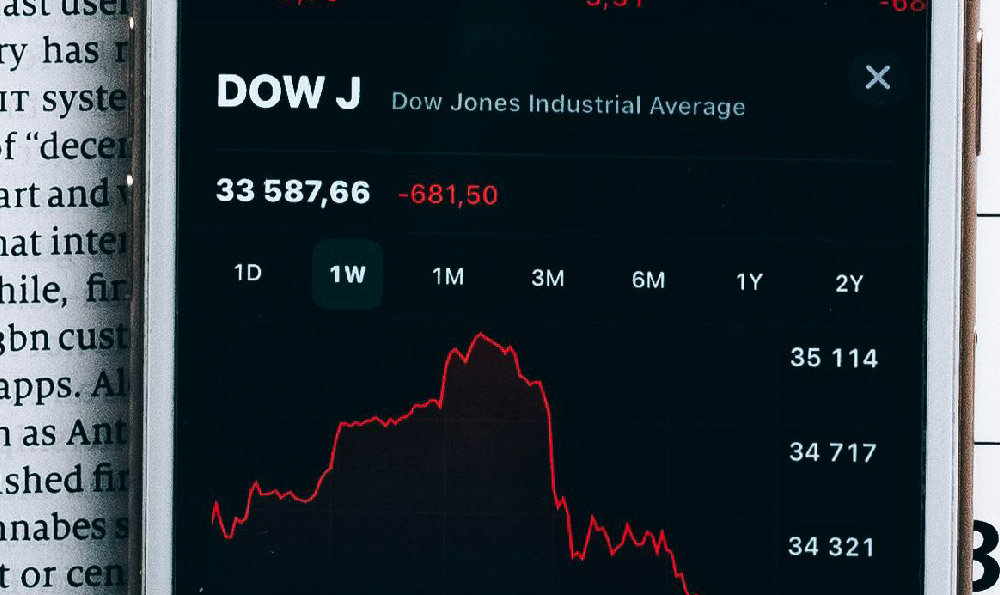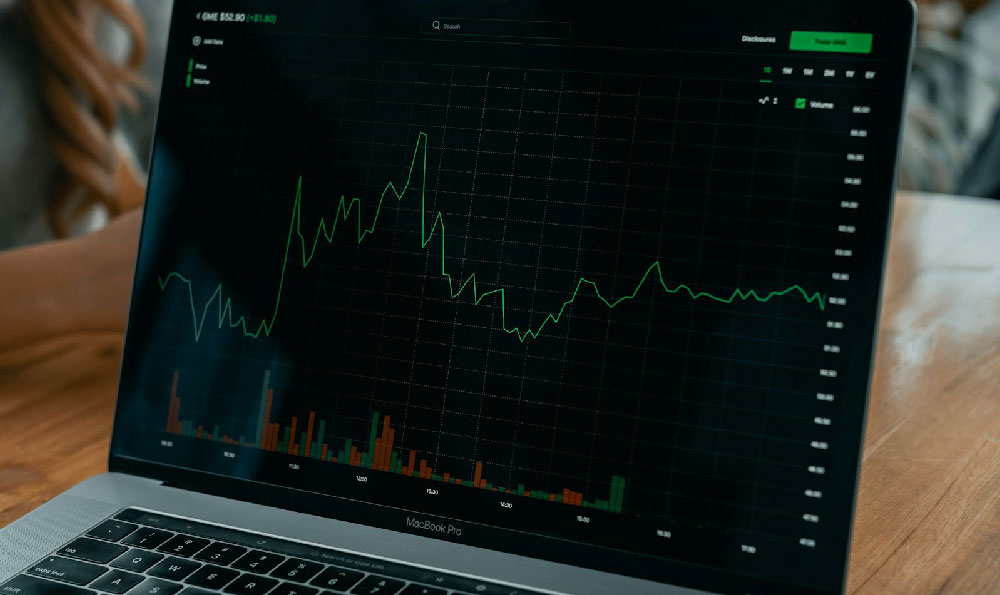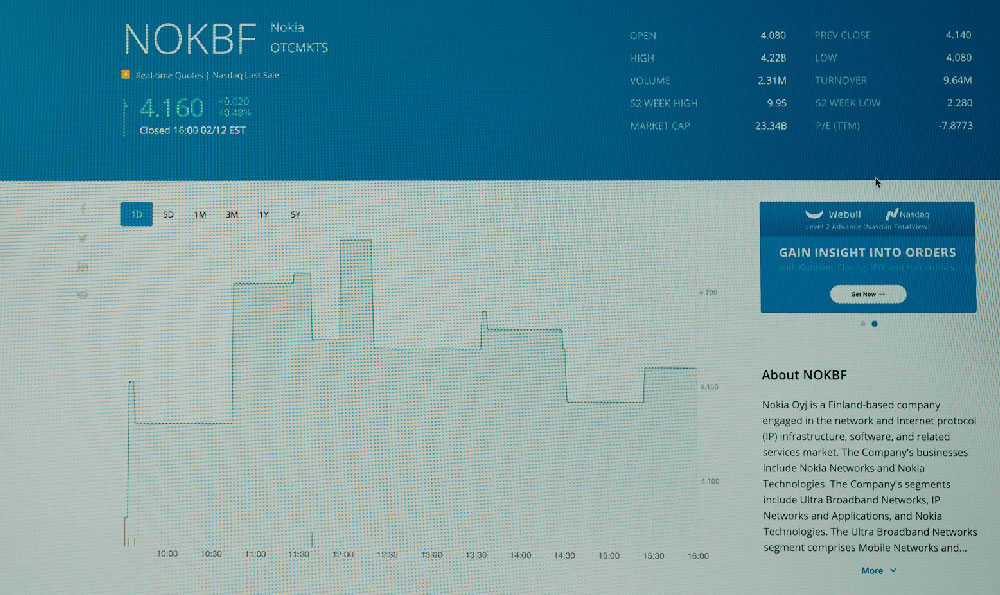Penny stocks, often defined as stocks trading below $5 per share, tantalize investors with the prospect of explosive gains. The allure is simple: a small upward price movement translates into a significant percentage return. Imagine buying a stock at $0.50 and it jumping to $1.00 – that's a 100% profit! However, this potential for high reward is inextricably linked to extremely high risk. Before diving headfirst into the world of penny stock trading, a thorough understanding of its unique characteristics and inherent dangers is paramount.
One of the biggest distinctions between penny stocks and more established securities lies in their liquidity. Penny stocks are often traded on over-the-counter (OTC) markets like the OTC Bulletin Board (OTCBB) or the Pink Sheets, which have far less stringent listing requirements than major exchanges like the NYSE or NASDAQ. This lack of stringent oversight results in lower trading volumes, meaning it can be difficult to buy or sell shares quickly and at desired prices. Imagine purchasing a large block of shares and then finding yourself unable to sell them without significantly undercutting your purchase price. This illiquidity can quickly trap investors, preventing them from capitalizing on profits or cutting losses.
Information asymmetry is another significant challenge. Established companies are required to file regular reports with the Securities and Exchange Commission (SEC), providing investors with relatively transparent insights into their financial health and operational performance. Penny stock companies often have minimal reporting requirements, making it extremely difficult to obtain reliable information. This information vacuum creates fertile ground for speculation, rumors, and outright fraud. "Pump and dump" schemes, where promoters artificially inflate the price of a stock through misleading information and then sell their own shares at a profit, leaving unsuspecting investors holding worthless securities, are tragically common in the penny stock arena.

Furthermore, the low share prices of penny stocks make them particularly vulnerable to manipulation. Because the market capitalization of these companies is typically small, even a relatively small amount of buying or selling pressure can have a disproportionately large impact on the stock price. This volatility, while potentially lucrative for skilled traders, can be devastating for inexperienced investors who are unprepared for rapid and unpredictable price swings. A seemingly promising stock can plummet in value in a matter of minutes, wiping out significant portions of an investment portfolio.
So, can you really make money trading penny stocks? The answer is yes, but it requires a specific skillset, a disciplined approach, and a healthy dose of skepticism. Success in penny stock trading hinges on thorough due diligence. This means going beyond surface-level research and delving into the company's business model, financial statements (if available), management team, and competitive landscape. Scrutinize everything you read and hear, and be wary of overly optimistic projections or guarantees of quick riches. Investigate the source of information and verify claims independently.
Beyond fundamental analysis, technical analysis can also be a valuable tool for penny stock traders. Chart patterns, volume indicators, and moving averages can help identify potential entry and exit points. However, it's important to remember that technical analysis is not foolproof, and penny stocks are particularly susceptible to unexpected price movements that can invalidate technical signals.
Risk management is paramount. Never invest more than you can afford to lose. Penny stock trading should only constitute a small portion of your overall investment portfolio, and you should be prepared to lose your entire investment. Implement stop-loss orders to limit potential losses. A stop-loss order automatically sells your shares if the price falls below a predetermined level, protecting you from catastrophic losses in the event of a sudden market downturn.
Trading penny stocks demands emotional discipline. Avoid chasing momentum or making impulsive decisions based on fear or greed. Develop a trading plan and stick to it, even when faced with tempting opportunities. Recognize that losses are inevitable, and learn from your mistakes. Don't try to recover losses by taking on even riskier trades.
Finally, consider seeking guidance from a qualified financial advisor. A financial advisor can help you assess your risk tolerance, develop a comprehensive investment strategy, and avoid common pitfalls. While the potential for profit in penny stock trading exists, the risks are substantial. Approaching this market with caution, diligence, and a realistic understanding of its limitations is crucial for protecting your capital and maximizing your chances of success. Remember, knowledge is your best defense in the volatile world of penny stocks.












